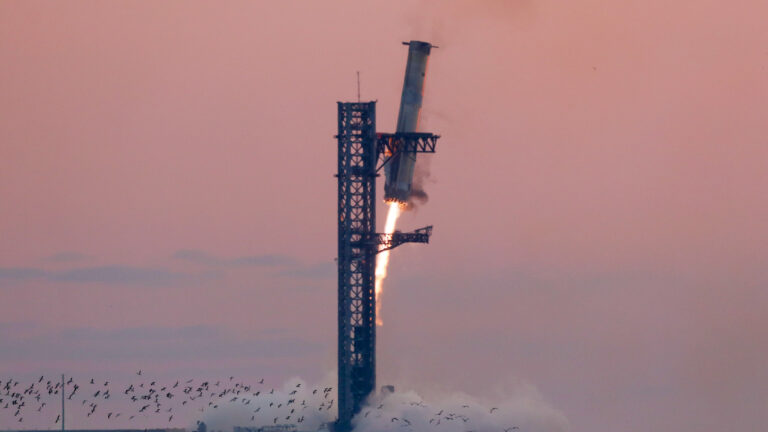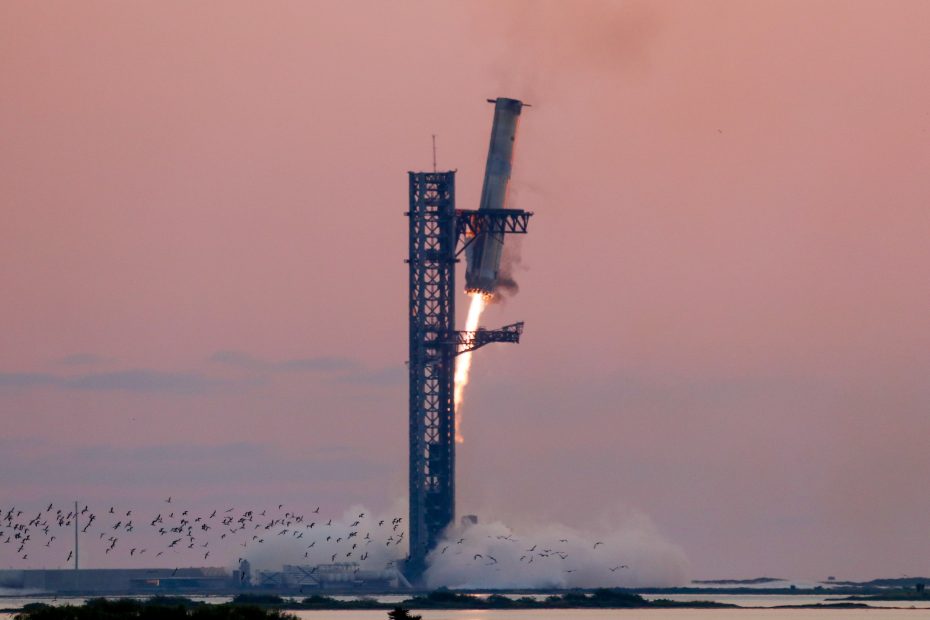
The advantage of SpaceX's architecture is that by refueling, Starship can theoretically carry payloads of 100 tons or more to the moon or Mars, significantly more capacity than any other rocket. The ships could be refueled again and again and routinely sail between Earth and destinations in space, making all kinds of fascinating missions possible.
Sometime next year, SpaceX plans to launch a pair of spaceships into orbit using its two adjacent launch pads in Texas. The ships will dock in orbit and test technologies to transfer cryogenic propellants, which has never been done on this scale in space. This demonstration is a precursor to future Artemis mission campaigns, which will require spacecraft to launch from multiple platforms in rapid succession.
“There is no doubt that the Human Landing System is a critical path forward for Artemis III,” said Lori Glaze, deputy assistant administrator for NASA's Exploration Systems Development Division, referring to the Artemis program's first lunar landing mission.
Artemis III is officially scheduled for launch in September 2026, but will likely be delayed at least a few more years due to Starship's readiness and new commercially developed space suits to protect astronauts walking on the moon's surface. Ars previously reported that NASA and SpaceX are assessing alternative mission profiles for Artemis III in case the Starship lunar lander faces longer delays.
“The pace is the rate at which SpaceX can launch the systems that can fuel the depot so it is ready to fuel Starship for a moon landing,” Glaze said last week. “So the real key there is that they can get to a speed where they can launch fast enough.”
Multiple launch pads in Texas and Florida will allow SpaceX to increase the spacecraft's launch frequency. Regular captures of the booster and ship will also be important for SpaceX to launch more frequently. That's why, even though NASA wasn't directly involved in Sunday's flight, agency officials kept a close eye on it.
NASA Administrator Bill Nelson praised Sunday's successful test flight.
“Congratulations to SpaceX about his successful booster capture and fifth Starship flight test today!' Nelson posted on X. 'As we prepare to return to the moon under Artemis, continued testing will prepare us for the daring missions ahead—including to the South Pole of the Moon and then to Mars.”
“Thank you, sir! I look forward to serving NASA in returning humanity to the moon,” Musk responded.

